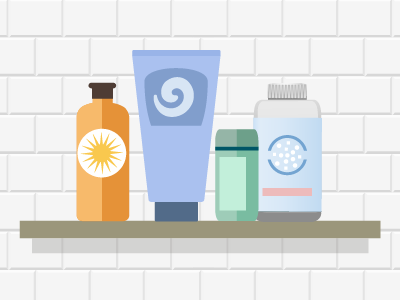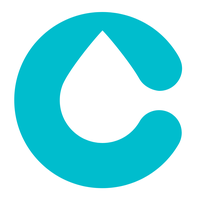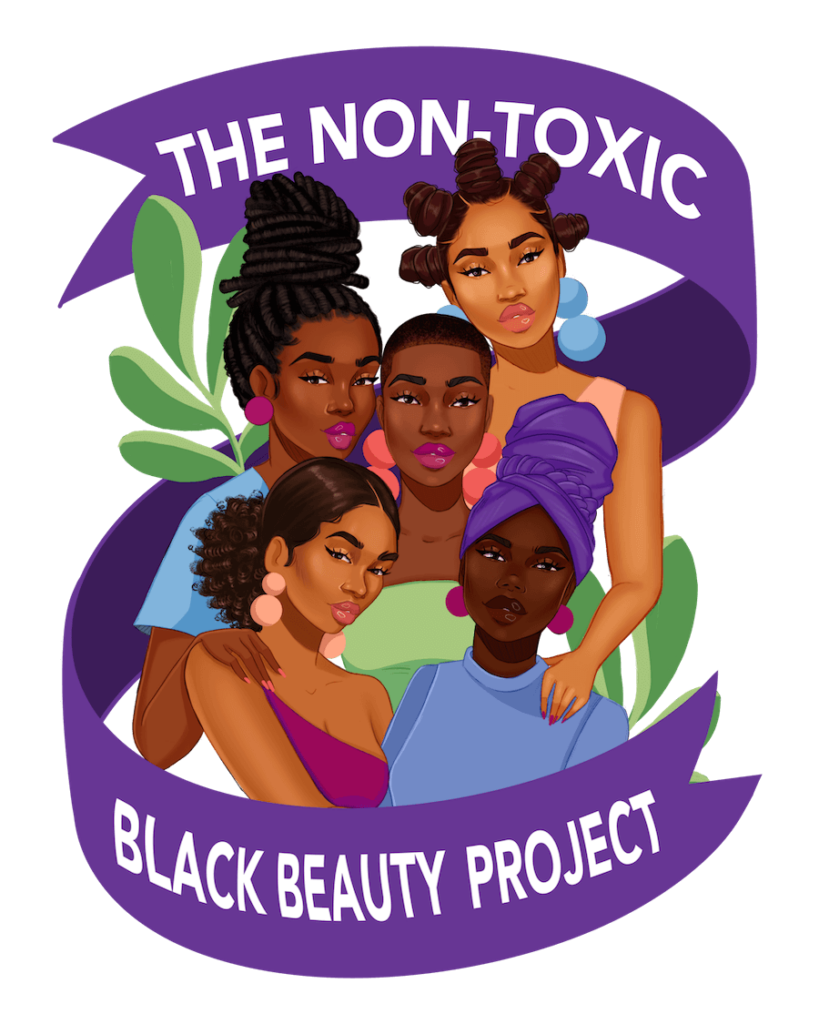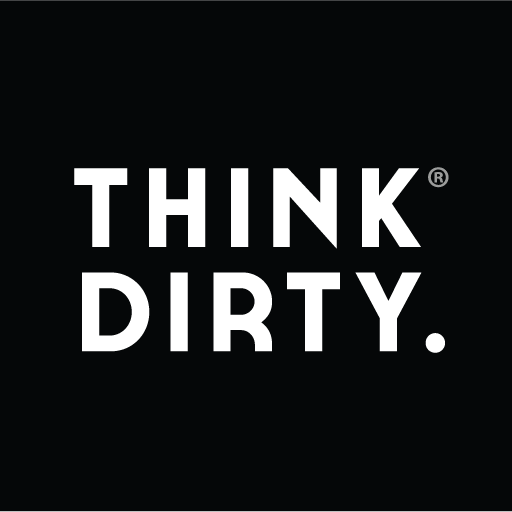Bathroom
SunscreenWhat You Need To KnowA little bit of sun can be healthy, but skin cancer (melanoma) is on the rise. Protecting you and your family from harmful UV rays is essential, but putting harmful chemicals on your skin – and your child’s — is not the way to go. Fortunately, your family can be sun-safe as well as toxic-free.
What To Avoid
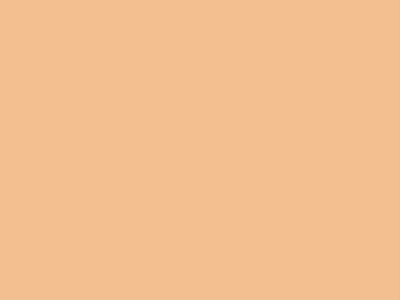
Chemical uv filters:Chemical uv filters are most commonly used in sunscreens to absorb UV rays. But they can also irritate the skin, stay in the environment, and harm sea life. Certain UV filters, (particularly oxybenzone and Octinoxate*) have been shown to disrupt normal hormone function in humans and wildlife. In some studies, oxybenzone has been associated with reproductive harm.
*Note: banned in Key West and Hawaii. See source.

Synthetic antioxidants:Synthetic antioxidants (such as butylated hydroxytoluene, BHT, and butylated hydroxyanisole, BHA) can contain trace amounts of cancer-causing chemicals, notably 1,4-dioxane. They can be tricky to spot on a label, but checking for polyethylene glycol compounds (PEGs) or ingredients such as sodium laureth sulfate and chemicals that end with “-eth” (such as laureth, ceteareth or steareth) is a good start.

Antimicrobial and antibacterial agents:Antimicrobial and antibacterial agents are made with chemicals that destroy or reduce germs. That sounds like a good thing, but these chemicals can be harmful to our health. One chemical released by some antimicrobials is formaldehyde, a substance that can cause cancer (a carcinogen). Exposure to some antimicrobials may increase the risk of cancer, reproductive and brain impairments, and contribute to allergies, asthma, and skin conditions such as eczema. The overuse of these chemicals is also creating new “Superbugs” that are resistant to antibiotics.

MEA, DEA & TEAEthanolamine compounds (MEA, DEA & TEA) are used to make personal care products more gentle on our skin and hair by balancing pH levels. These chemicals are also used to bind ingredients (as Emulsifiers) and to make them foam. Studies suggest these chemicals may irritate skin and lungs. Some Ethanolamine compounds may raise the risk of cancer (be Carcinogenic) with chronic exposure.

Fragrance:Hundreds, or even thousands of chemicals, can be lumped under the term “fragrance.” Many companies do not have to disclose the specific chemicals they used, claiming they are proprietary. Among several concerns in synthetic Fragrances, many contain Phthalates to boost the scent’s staying power. One such common phthalate is Diethyl phthalate (dep). Some chemicals listed as “fragrance” are suspected, or even known to increase risk of cancer (be Carcinogenic). Others may contribute to reproductive and brain development problems.

Sprays:Hundreds, or even thousands of chemicals, can be lumped under the term “fragrance.” Many companies do not have to disclose the specific chemicals they used, claiming they are proprietary. Among several concerns in synthetic Fragrances, many contain Phthalates to boost the scent’s staying power. One such common phthalate is Diethyl phthalate (dep). Some chemicals listed as “fragrance” are suspected, or even known to increase risk of cancer (be Carcinogenic). Others may contribute to reproductive and brain development problems.
Safer Choices
Mineral UV:Choose sunscreen lotions that use mineral UV blockers like zinc oxide or titanium dioxide instead of Chemical uv filters.

Fragrance-free products:Buy fragrance-free products.

Cover up:Remember, the very best way to prevent overexposure and possible skin cancer is covering up with UV protective clothing and hats as well as staying out of the mid-day sun.

Slip, slop, slap, slide:The Australian campaign for sun safety is: "Slip, Slop, Slap, Seek, Slide”. Slip on a shirt, Slop on the sunscreen, Slap on a hat, Seek shade or shelter, Slide on some sunglasses!”

Don't DIY:Though making your own sun lotion may sound like a good idea, getting the right balance of effective ingredients is challenging and can result in more skin damage. It’s best to use professionally manufactured sunscreens with the least toxic ingredients.
Find Safer Products
Websites and Apps:
Clearya
Clearya is a free browser extension and app that notifies you when there are unsafe ingredients in your makeup, personal care, baby care, cleaning and other products, and helps you find safe products.
Clearya is a free browser extension and app that notifies you when there are unsafe ingredients in your makeup, personal care, baby care, cleaning and other products, and helps you find safe products.
Campaign for Safe Cosmetics - Nontoxic Black Beauty Project
They offer a list and database of non-toxic beauty products made and sold by Black-owned companies that are committed to toxic-free beauty and personal care products.
They offer a list and database of non-toxic beauty products made and sold by Black-owned companies that are committed to toxic-free beauty and personal care products.
Detox Me
This app allows you to scan barcodes on products to find relevant tips. They also offer a buying guide to decode product labels and find non-toxic alternatives.
This app allows you to scan barcodes on products to find relevant tips. They also offer a buying guide to decode product labels and find non-toxic alternatives.
Environmental Working Group (EWG)
EWG has a "Skin Deep" database that rates personal care and beauty products based on their safety and toxicity levels. EWG also offers a Healthy Living app that allows you to scan barcodes and find safer products.
EWG has a "Skin Deep" database that rates personal care and beauty products based on their safety and toxicity levels. EWG also offers a Healthy Living app that allows you to scan barcodes and find safer products.
Think Dirty
This app and website allow you to scan or search for personal care products to see their ingredient safety ratings.
This app and website allow you to scan or search for personal care products to see their ingredient safety ratings.
